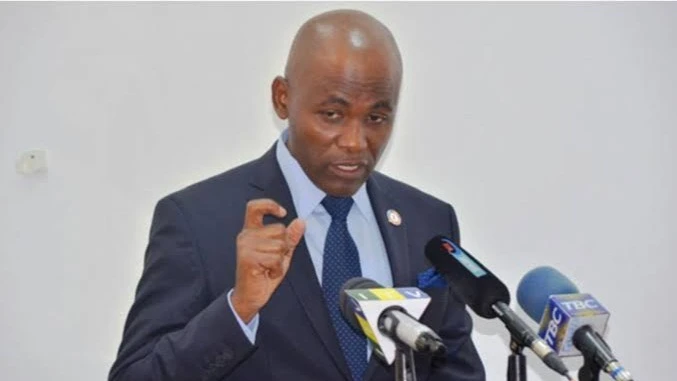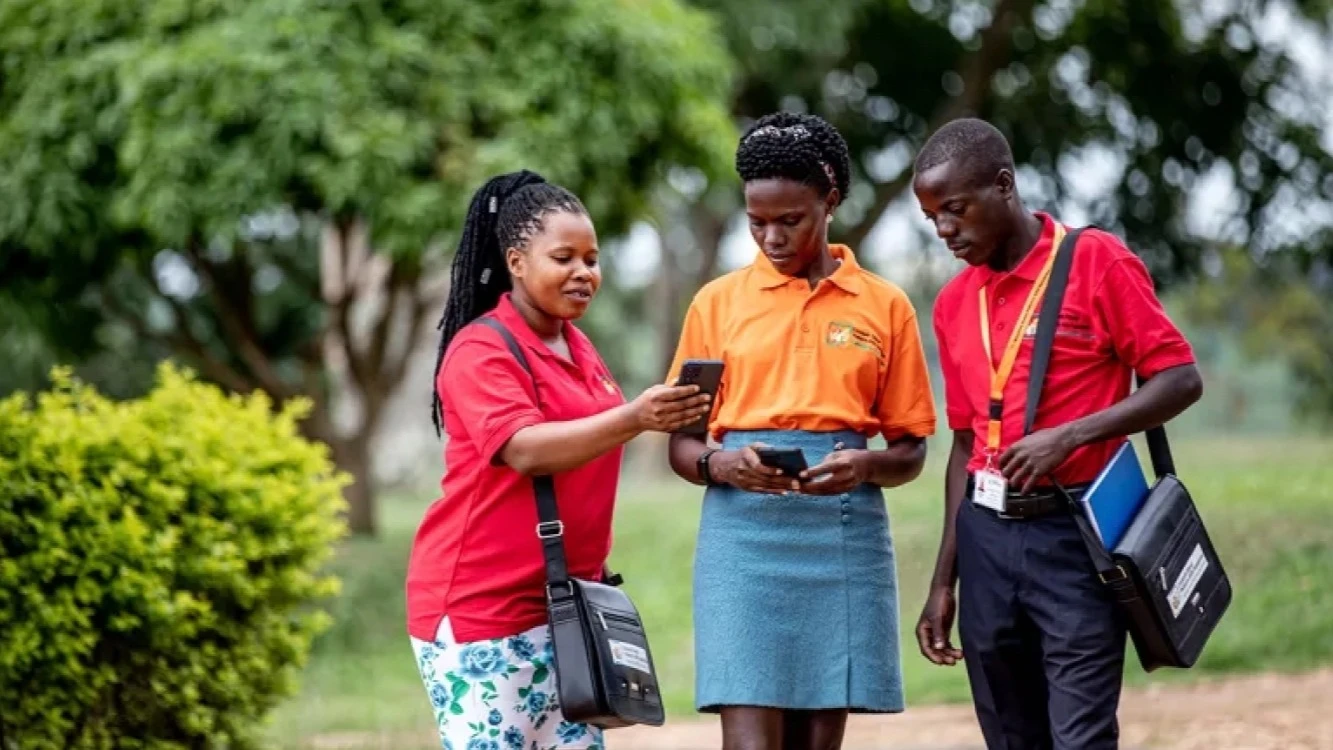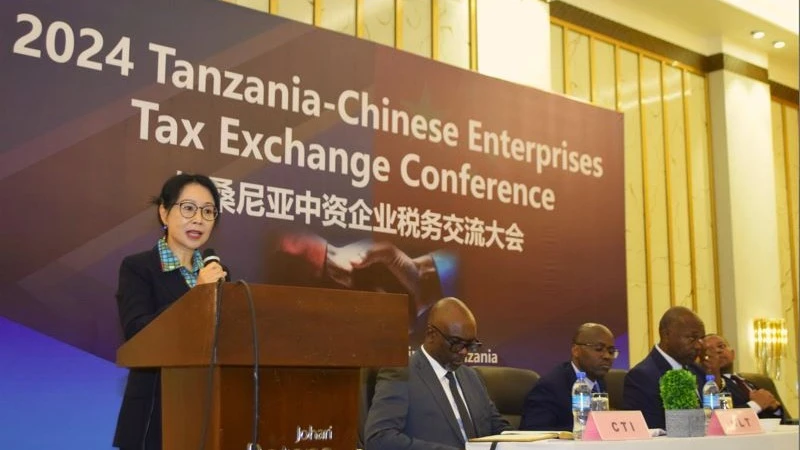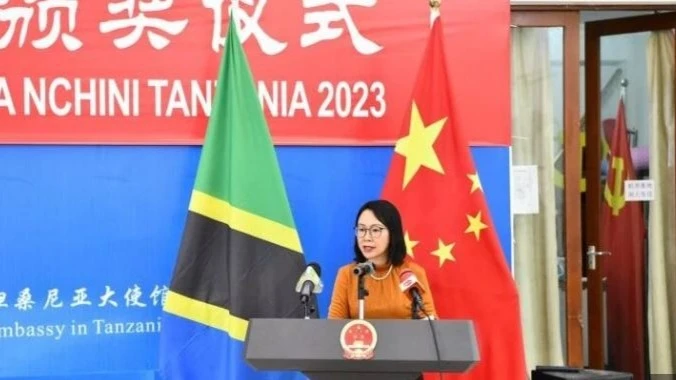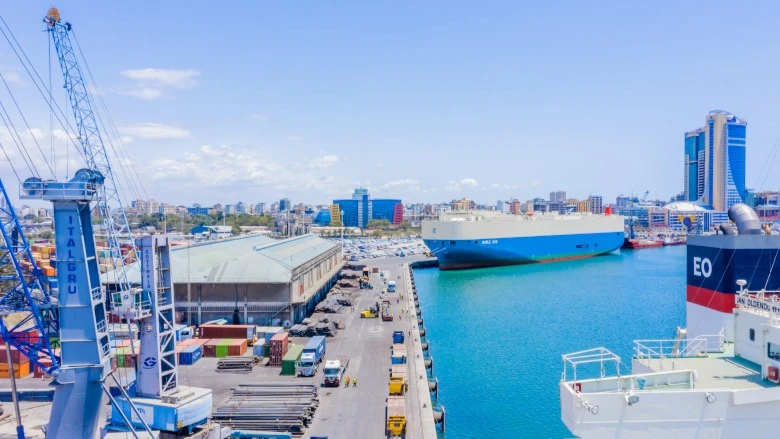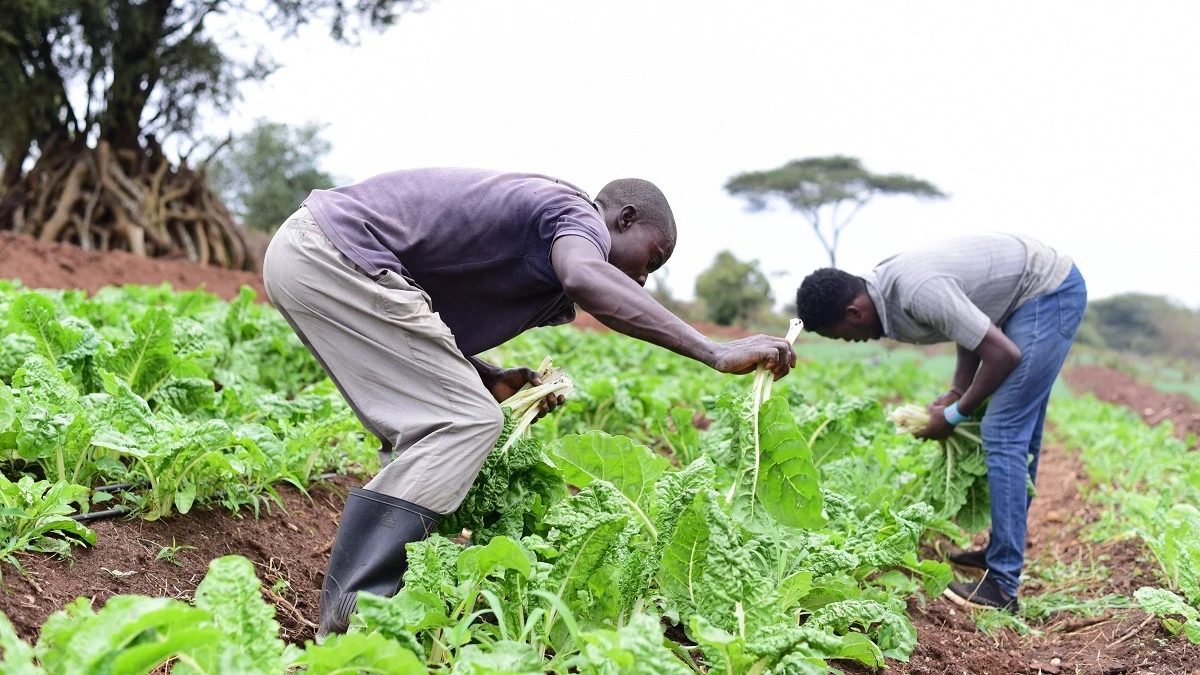IDA’s $200m loan for railway safety, efficiency is reassuring
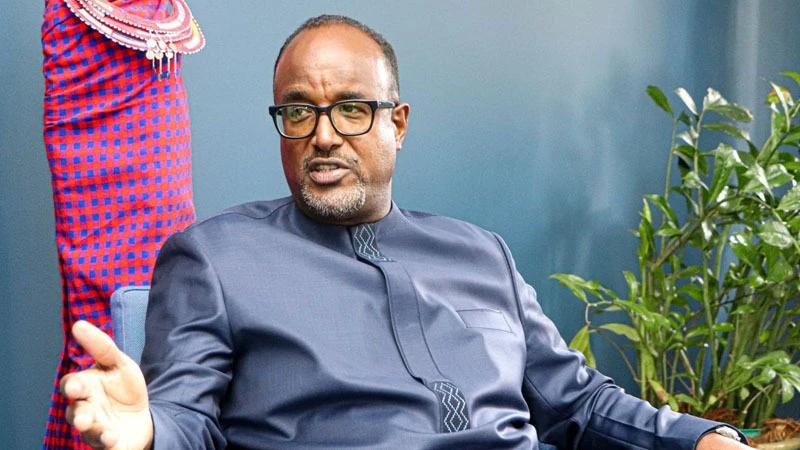
WHILE issues of safety or efficiency are not new with regard to the railway system, and indeed as well to the multilateral development banks offering soft loans to uplift infrastructure and managerial capacity, there is a sense of urgency at present.
That is why stakeholders will take a deep scan at the newly announced plan for making vital rectifications to Tanzania’s central railway corridor with a US$200 million loan arrangement with the International Development Association (IDA).
The issue is how far the railway will attain regional standards of safety rather than just being usable for the Tanzanian public as is usually the case.
The World Bank country office cited the area of particular interest as the Dar es Salaam to Isaka main part of the railway, which implies that it is not comprehensive coverage that is in question.
Outside the patches in Morogoro Region that are prone to disruption owing to flooding, heavy-toll accidents have occurred more inland in Dodoma Region as well as in the Wami-Ruvu section linking Coast and Tanga regions.
The Moshi-Arusha section was not being used much in the past, while the dream about an Arusha-Musoma section may have been flagged down by environmentalists.
While it is opportune that the World Bank has subscribed to a soft-loan arrangement, it is clear that a joint venture with a capable firm that would invest in a more comprehensive revamping of the railway portions would have worked better.
It would also have possibly provided greater assurance to both local and regional business operators that it is fully reliable, whereas an extra dose of capacity improvement and limited revamping of some notorious sections aren’t a huge revitalisation.
In other words, while administrators have every reason to celebrate the IDA soft loan or significant proportions, it’s a substitute for a joint venture game changer.
This loan arrangement and the difference with what could have happened with a joint venture shows the limitations of putting reform philosophy into action, in the sense that public-private partnership might still not supersede loan arrangements as a preference.
There are many who trust internal ability to operate such systems and take little notice of the glaring weaknesses of the railways system as a whole and the need for its systematic revamping.
Ordinarily, something as vast as the first and now second phase of the Tanzania Intermodal and Rail Development Project could have attracted a substantial stock market bond.
That could have possibly spared the government the need to seek out as much as US$200m for what will at best be modest improvements of infrastructure, chiefly in the form of safety and efficiency.
These components put together are tied to ownership formats determining levels of capitalisation possible, loans and even corporate ambition.
That is why the total reform effort needed to bring infrastructure and efficiency to international standards isn’t something we are assured of attaining this decade.
For faster positive results we need to feel truly an integral part of the global community and seek to have competitive agencies which excel to our benefit.
Top Headlines
© 2024 IPPMEDIA.COM. ALL RIGHTS RESERVED







